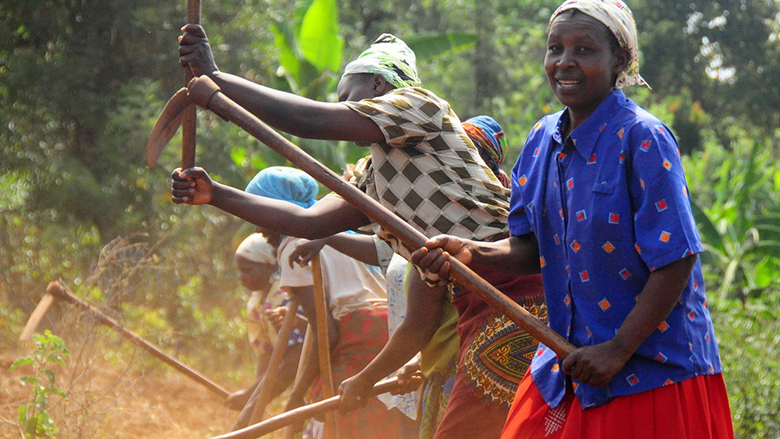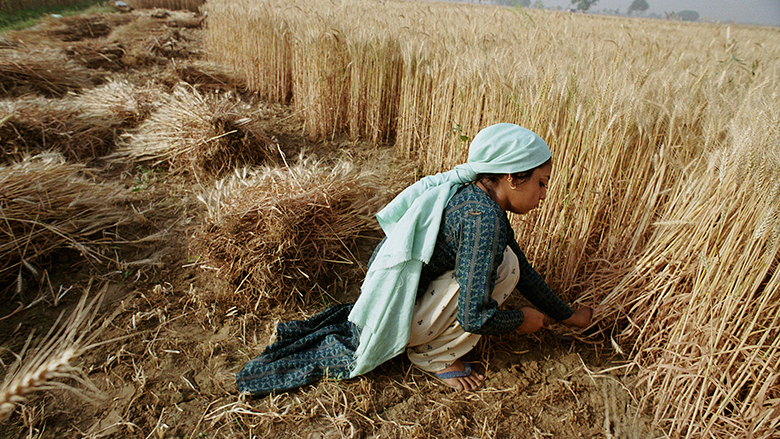Women farmers can make a huge difference for their countries and families, but they often don't get the same opportunities as men. The World Bank's Gender in Agriculture team is working to change that. In time for International Women's Day, Agricultural Gender Specialist Sanna-Liisa Taivalmaa talks about how and why the Bank is helping women farmers get a leg up.
1. How are you improving gender equality in agriculture?
We are trying to ensure that both men and women benefit from all of the Bank's agriculture projects. So we review project plans, develop tools and guidelines, as well as advise project teams on integration of gender in project activities. There are plenty of projects which successfully benefit both men and women: This is often carefully planned in the design phase, but sometimes it evolves "naturally," during the course of the project, since working with men and women can reveal the right steps for success.
Two examples of successful interventions from a gender perspective are an irrigation project in Zambia where both men’s and women's access to land has been ensured through continuous dialogue with communities. In Bolivia, the Community Investments In Rural Areas Project has benefitted around 25,000 rural families in extreme poverty. Forty percent of these "community investments" have been implemented by indigenous women.
2. Why is a gender-based perspective needed in rural development? And why use the term "gender" instead of "woman"?
Most of the world’s poor live in rural areas, where a majority of people’s livelihoods depends on agriculture. There is, however, a huge gap in access to and control of productive and financial resources. Closing this gender gap could reduce poverty and improve food and nutrition security. And the gender gap is expensive for national economies, as a recent study in Malawi, Tanzania and Uganda shows.
Gender is not only "women." Men also have and reproduce gender norms and values that affect families and society. Some of those behaviors or notions are restricting to the other members of the family. Engaging both men and women is crucial in addressing gender inequalities and providing a path to change.


